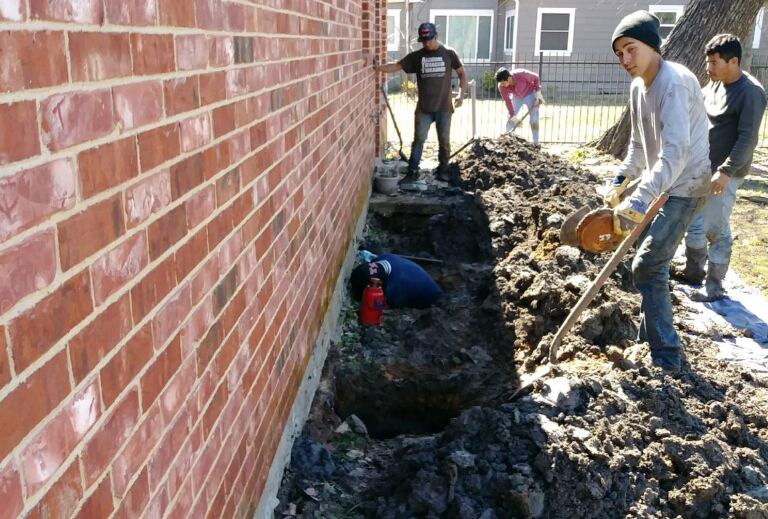The Role of Climate and Soil in Foundation Damage
Your home’s foundation is one of its most important components, providing stability and support for the entire structure. However, it is also vulnerable to damage caused by climate and soil conditions. In this post, we will explore the role of climate and soil in foundation damage and how you can protect your home’s foundation from these factors.

Climate and Foundation Damage
Climate can have a significant impact on your home’s foundation. Extreme temperatures, excessive moisture, and drought conditions can all cause foundation damage over time. Here are some of the most common ways that climate can affect your foundation:
Expansive Soil
Expansive soil is soil that expands and contracts with changes in moisture content. This can put pressure on your foundation walls and cause them to crack or shift. In areas with high levels of rainfall or periods of heavy rain, the soil around your foundation can become saturated, leading to foundation damage.
Drought Conditions
On the other hand, drought conditions can cause the soil to shrink and pull away from your foundation. This can create gaps between your foundation and the soil, leading to foundation settlement and cracking.
Freezing Temperatures
Freezing temperatures can also cause foundation damage. When water in the soil around your foundation freezes, it can expand and put pressure on your foundation walls, leading to cracking and shifting.
Soil Type and Foundation Damage
Soil type also plays a significant role in foundation damage. Different soil types have different properties that can affect your foundation’s stability. Here are some of the most common soil types and how they can impact your foundation:
Clay Soil
Clay soil is known for its ability to expand and contract with changes in moisture content. As we mentioned earlier, this can put pressure on your foundation walls and cause them to crack or shift. Clay soil is also prone to erosion, which can cause foundation settlement and cracking.
Sandy Soil
Sandy soil is less stable than other soil types, and it can shift and settle more easily. This can create gaps between your foundation and the soil, leading to foundation settlement and cracking.
Loam Soil
Loam soil is a combination of sand, clay, and silt and is considered the ideal soil type for building foundations. However, even loam soil can cause foundation damage if it is not properly compacted or if it experiences excessive moisture or drought conditions.
Protecting Your Foundation
While you cannot control the climate or soil type in your area, there are steps you can take to protect your home’s foundation. Here are some tips to help prevent foundation damage:
Maintain Proper Drainage
Make sure that water is draining away from your home’s foundation. This can be achieved by installing gutters and downspouts, grading the soil away from your foundation, and ensuring that the soil around your foundation is properly compacted.
Install a Moisture Barrier
A moisture barrier can help prevent moisture from penetrating your foundation walls. This can be achieved by installing a waterproof membrane or a drainage mat.
Repair Foundation Cracks
If you notice any cracks in your foundation, have them repaired as soon as possible. This will help prevent further damage and ensure that your foundation remains stable.
In conclusion, climate and soil conditions can have a significant impact on your home’s foundation. Expansive soil, drought conditions, freezing temperatures, and different soil types can all cause foundation damage over time. To protect your foundation, make sure to maintain proper drainage, install a moisture barrier, and repair any foundation cracks as soon as possible. If you notice any signs of foundation damage, contact Dodson Foundation Repair. They offer a wide range of foundation repair services and can help you protect your home’s foundation from further damage. Contact us today!
